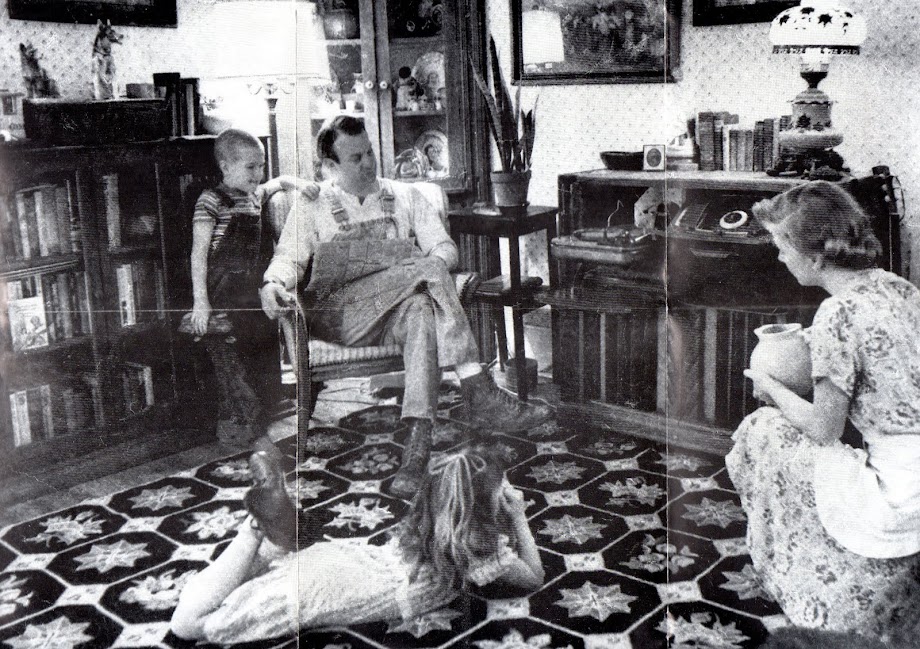Caro Emerald is a Dutch singer whose music crosses between jazz, swing, tango, pop and hip-hop with nostalgic influences. She debuted on 6 July 2009 with her single "Back It Up" and her 2009 single "A Night Like This" was a No.1 single in her native Netherlands.
Caroline Esmeralda van der Leeuw was born on 26 April 1981 in Amsterdam, The Netherlands. She started singing lessons at age 12 with James Gilloffo in Amsterdam and joined a girl vocal group, Les Elles, under his guidance. Following high school she trained as a jazz vocalist at the Amsterdam Conservatory, graduating in 2005.
In early 2007 Dutch producer Jan van Wieringen invited van der Leeuw to sing the vocal on a demo track he was co-producing with songwriter and producer David Schreurs. The song, "Back It Up", had been written by Schreurs together with Canadian songwriter Vince Degiorgio and was based on a hip-hop beat created by Jan and Robin Veldman. Caro's jazzy vocal style was considered a "perfect match" for the new song.
The song demo was pitched to various publishers and labels but although the reaction was positive they struggled to imagine it suiting any particular artist and didn't believe it had a strong enough chart potential. In the meantime, however, the song was posted on YouTube reaching public notice around the world. Radio stations picked it up and the song gained popularity.
When Degiorgio, Schreurs and van Wieringen discovered van der Leeuw's sound had such potential, they set about working on a full album presenting Emerald as the star in the summer of 2008 and used "Back It Up"'s mix of 40s–50s jazz, easy listening, orchestral Latin, combined with infectious beats as a model. Adopting a sample based approach but with live instrumentation, the writing sessions drew from a wide range of influences including jazz organist Jackie Davis, exotica composer Martin Denny, mambo king Perez Prado, 20s/30s jazz and van der Leeuw's own vocal inspirations of The Andrews Sisters, Billie Holiday and Sarah Vaughan. The usual method would be for Schreurs to produce the backing tracks at home and then get together with top line writer and lyricist Degiorgio to write the song. Van der Leeuw would occasionally pitch in her own melody and lyrical ideas, and Van Wieringen co-created the tracks for "The Other Woman" and "Dr Wanna Do".
Her debut album "Deleted Scenes from the Cutting Room Floor" set a new all-time Dutch chart record on 20 August 2010, spending its 30th week at number one on the country's albums chart, beating the previous record set by Michael Jackson's "Thriller" by one week. The album became the biggest selling album of 2010 in the Netherlands and has sold over 300,000 copies so far. In total more than a million copies have been sold. On 3 October 2010, Emerald was awarded the Dutch music prize "Edison Award" for Best Female Artist.
In April 2013, her second studio album "The Shocking Miss Emerald" went to No. 1 in the UK album chart, becoming her first UK No. 1 album.
Soundcloud link
Caro Emerald offcial website
download FREE Acoustic Sessions EP here
========================================================================




